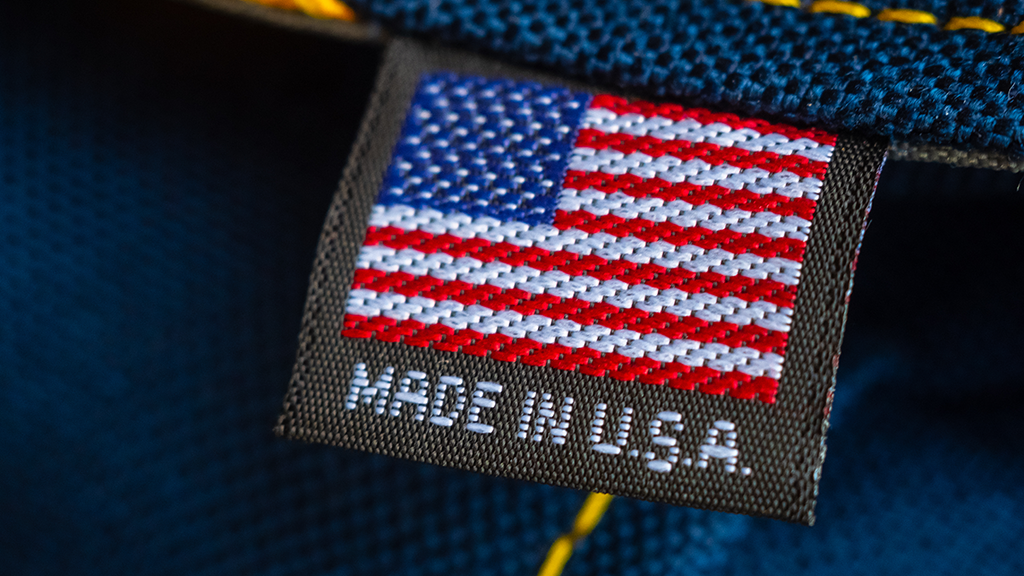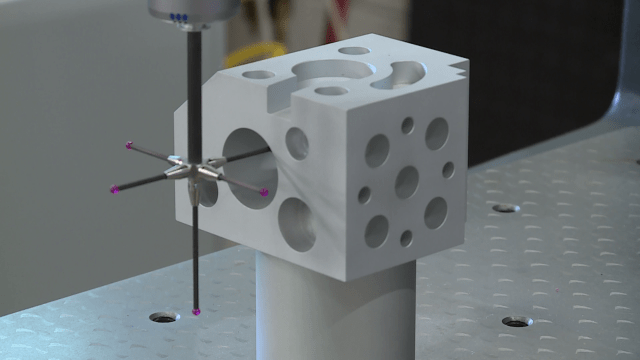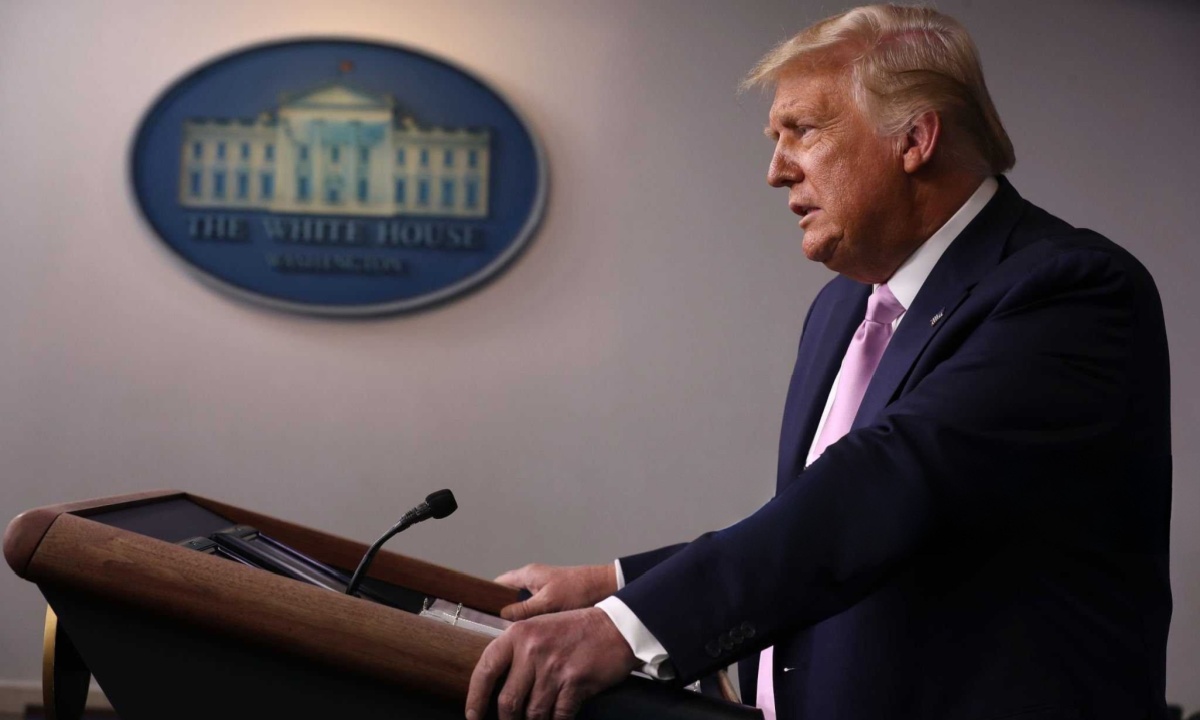Wheels of Collaboration: How Canada and Mexico Shaped America's Auto Industry
Manufacturing
2025-03-27 14:33:13Content
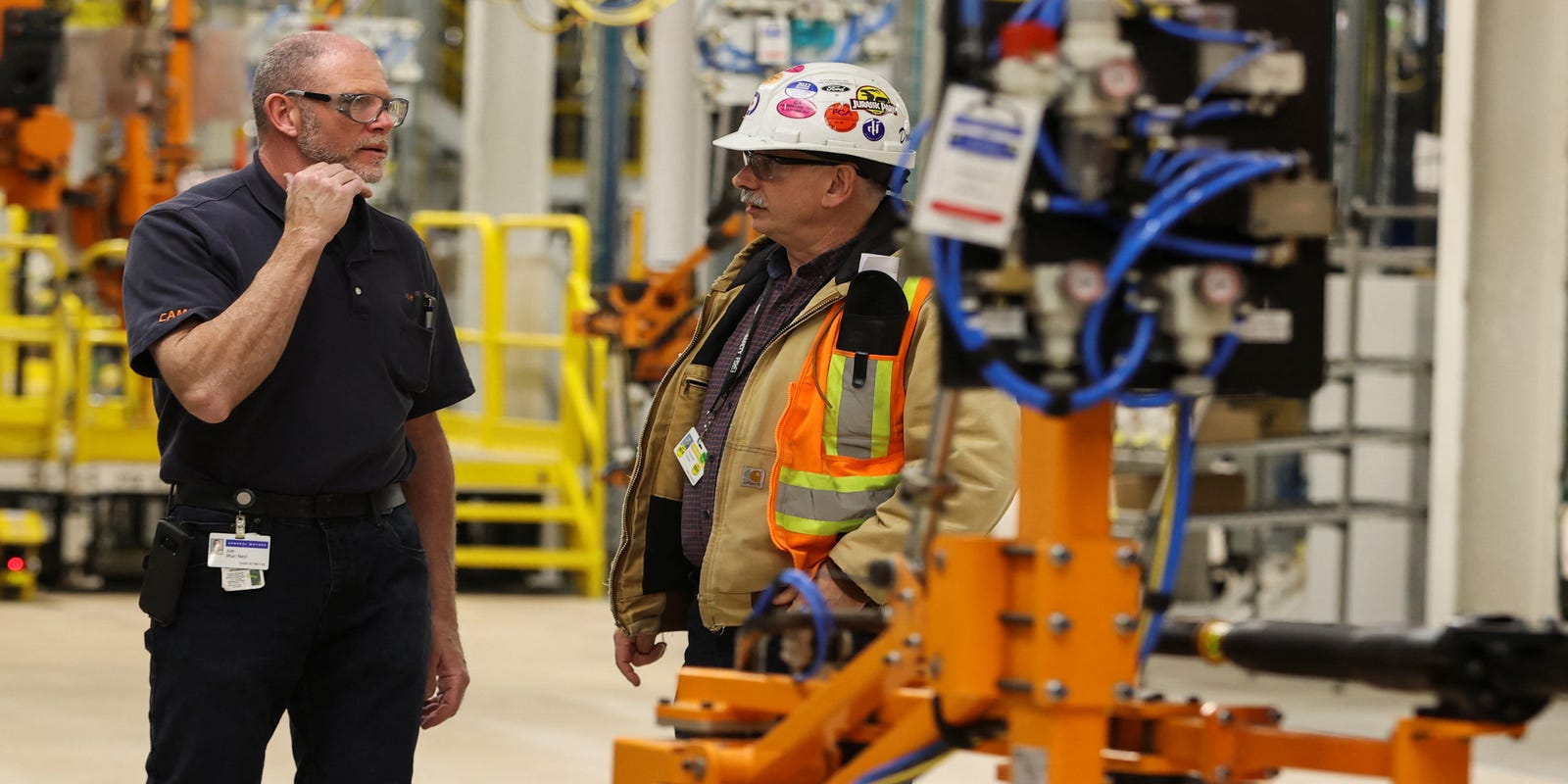
From the dawn of automotive manufacturing in North America, international labor has been the lifeblood of American car production. For generations, automakers have strategically tapped into the skilled workforce of neighboring countries, drawing talent and expertise from Canada and Mexico to fuel the engine of industrial innovation.
These cross-border labor partnerships have been more than just a workforce solution—they've been a testament to the interconnected nature of North American manufacturing. Canadian and Mexican workers have played a crucial role in building, designing, and sustaining the automotive industry, bringing unique skills, perspectives, and work ethic to assembly lines and design studios across the continent.
The symbiotic relationship between American automakers and their international workforce has not only driven economic growth but has also created a rich tapestry of collaborative manufacturing that transcends national boundaries. From the bustling factories of Detroit to the advanced production facilities in border regions, this international labor dynamic continues to be a cornerstone of automotive production in North America.
Cross-Border Workforce: The Automotive Industry's Transnational Talent Strategy
In the intricate landscape of North American automotive manufacturing, a complex narrative of cross-border labor dynamics has emerged, revealing how interconnected economic relationships shape industrial productivity and workforce development across national boundaries.Powering Innovation Through Collaborative Workforce Solutions
Historical Foundations of Transnational Labor Collaboration
The automotive industry's reliance on cross-border workforce integration represents a sophisticated economic ecosystem that transcends traditional geographical limitations. Since the early 20th century, automotive manufacturers have strategically leveraged talent pools from neighboring countries, creating a nuanced employment landscape that balances skill availability, economic opportunities, and regional competitive advantages. Canadian and Mexican workers have become integral components of the North American automotive manufacturing framework, bringing specialized skills, adaptability, and cost-effective labor solutions. This transnational workforce strategy has enabled American automakers to maintain competitive edge, optimize production capabilities, and respond dynamically to evolving market demands.Economic Interdependence and Labor Market Dynamics
The symbiotic relationship between automotive manufacturers and cross-border talent pools represents a complex interplay of economic incentives, skill transferability, and regional economic development strategies. Mexican workers, in particular, have emerged as critical contributors to automotive manufacturing, offering technical expertise, precision-oriented work ethics, and competitive wage structures. Canadian professionals have similarly played pivotal roles in advanced automotive engineering, research and development, and specialized manufacturing processes. Their contributions extend beyond traditional labor paradigms, encompassing innovation, technological integration, and strategic problem-solving capabilities that enhance overall industrial competitiveness.Technological Transformation and Workforce Evolution
As automotive manufacturing undergoes unprecedented technological transformation, the demand for adaptable, cross-border talent has intensified. Emerging technologies like electric vehicle production, autonomous driving systems, and advanced manufacturing techniques require increasingly sophisticated, internationally sourced workforce capabilities. The integration of cross-border talent pools enables automotive companies to access diverse skill sets, cultural perspectives, and innovative approaches that transcend traditional national boundaries. This global talent strategy represents a sophisticated response to complex industrial challenges, leveraging human capital as a strategic competitive advantage.Regulatory Frameworks and Labor Migration
Complex regulatory environments governing cross-border labor movement have significantly influenced automotive workforce strategies. Trade agreements like USMCA (United States-Mexico-Canada Agreement) have established critical frameworks facilitating talent mobility, skill recognition, and economic collaboration. These regulatory mechanisms have transformed traditional labor migration patterns, creating structured pathways for talent exchange that balance economic opportunities with national workforce protection mechanisms. The result is a dynamic, flexible labor ecosystem that supports automotive industry innovation and growth.Future Perspectives on Transnational Workforce Development
Looking forward, the automotive industry's cross-border labor strategy will likely become increasingly sophisticated, driven by technological innovation, changing economic landscapes, and evolving workforce expectations. Artificial intelligence, machine learning, and advanced manufacturing technologies will continue to reshape workforce requirements, demanding even more nuanced, flexible approaches to talent acquisition and development. Automotive manufacturers must continue investing in cross-border talent strategies, recognizing that human capital represents the most critical asset in maintaining global competitiveness and driving technological innovation.RELATED NEWS
Manufacturing
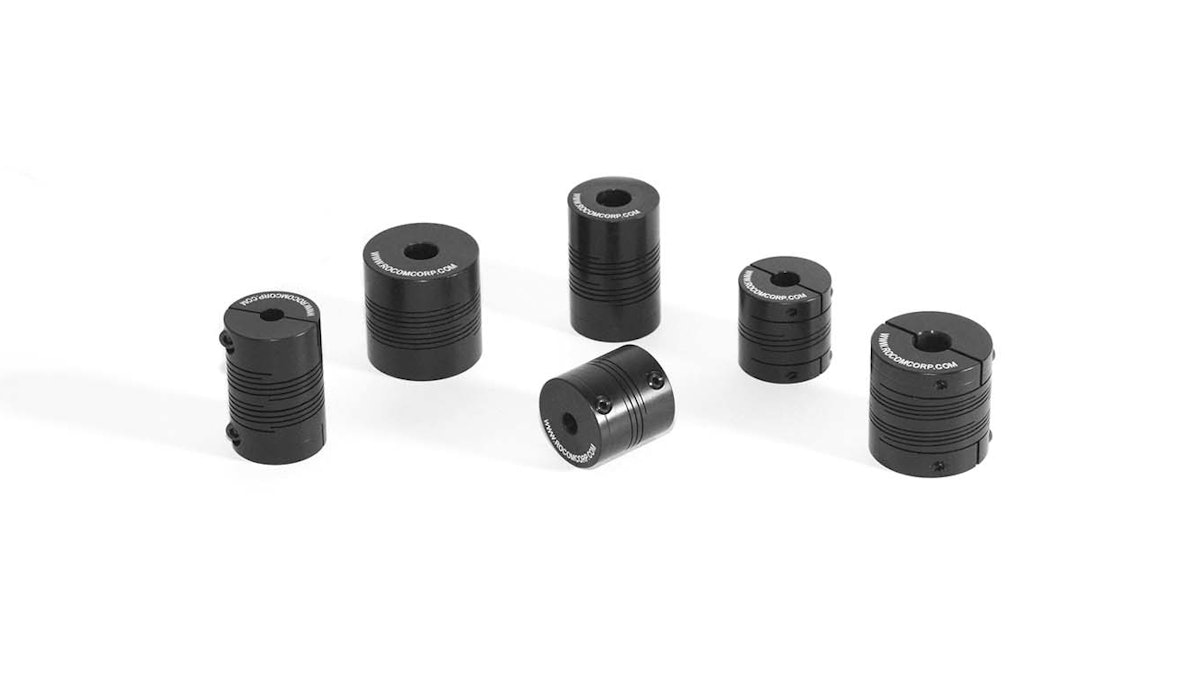
Strategic Merger: Ruland Expands Portfolio with RoCom Couplings Acquisition
2025-03-17 16:00:00
Manufacturing

Tech Meets Manufacturing: Defense Unit Launches Cutting-Edge Digital Marketplace
2025-04-03 20:12:21


